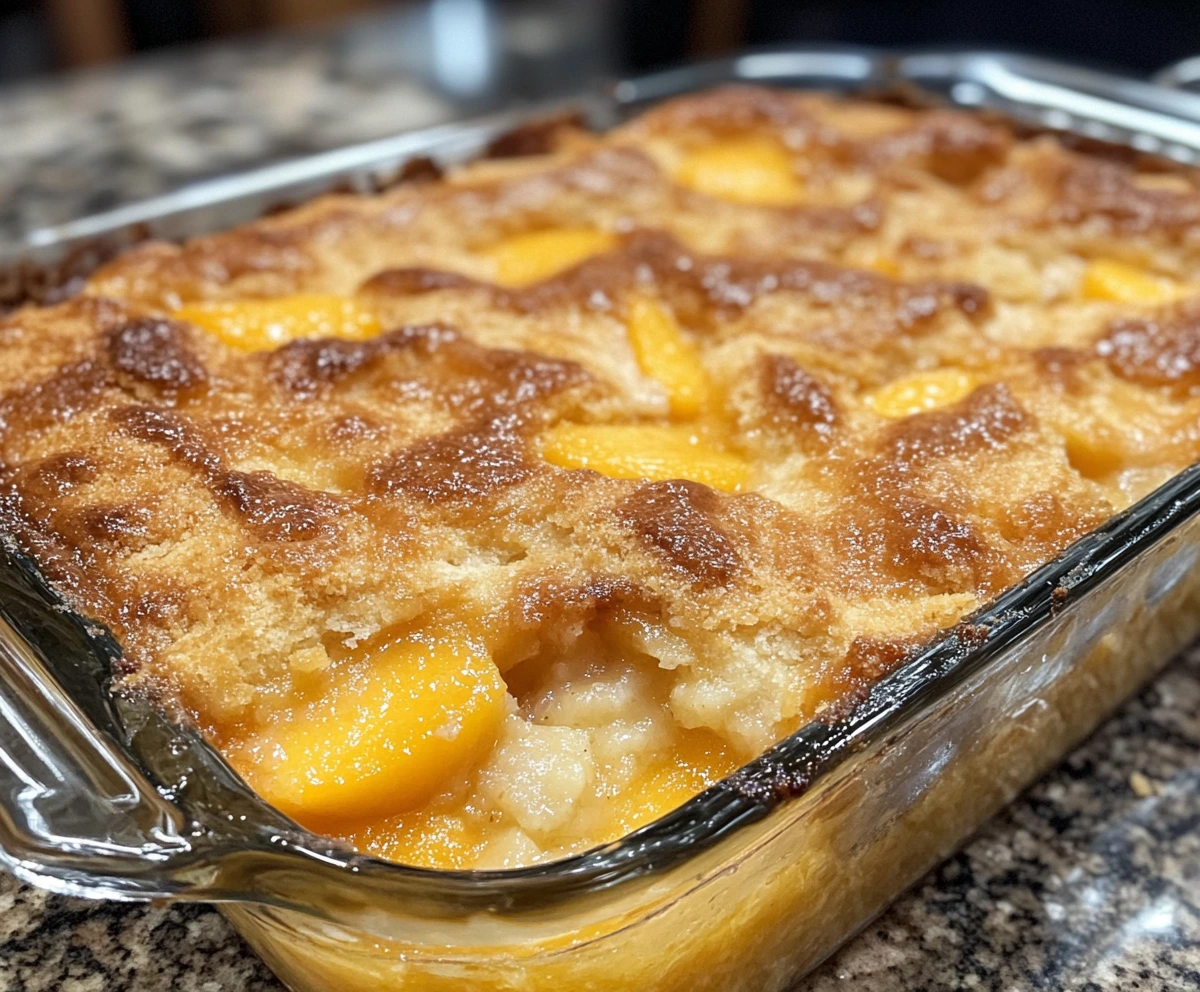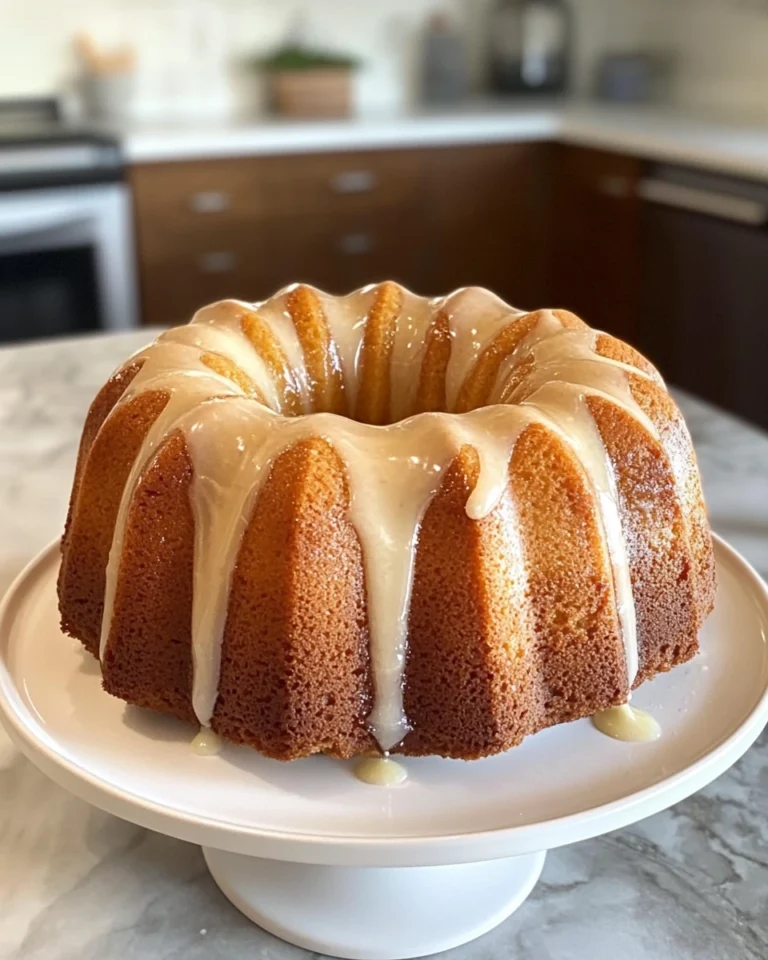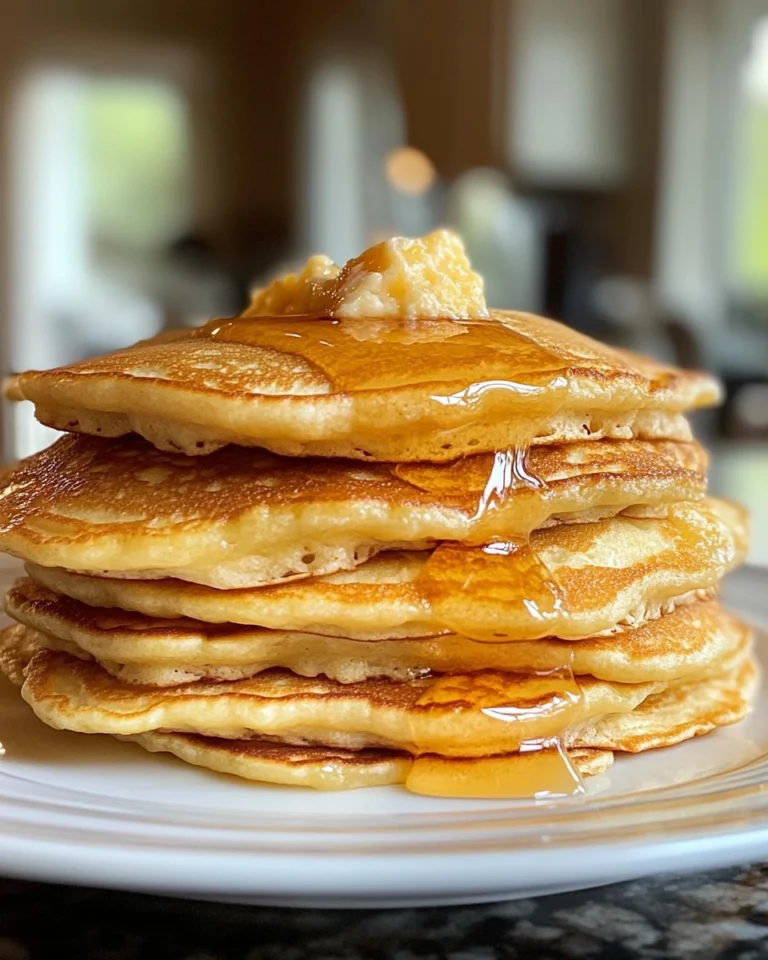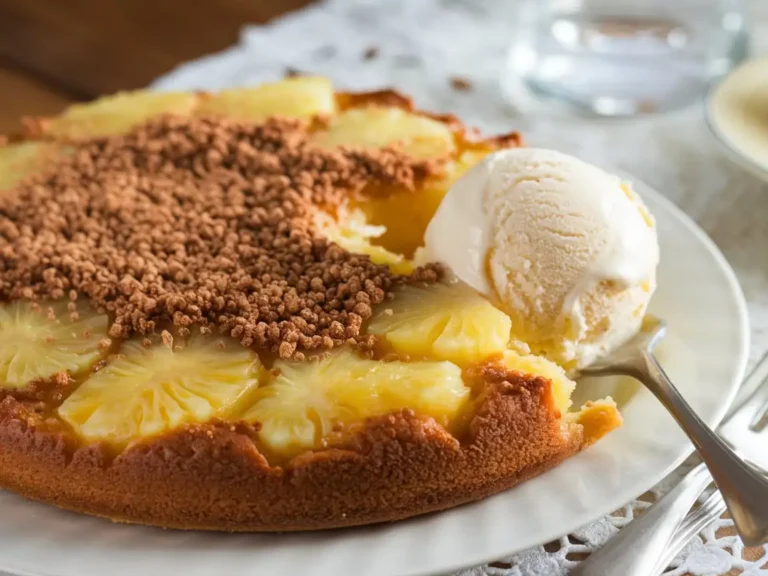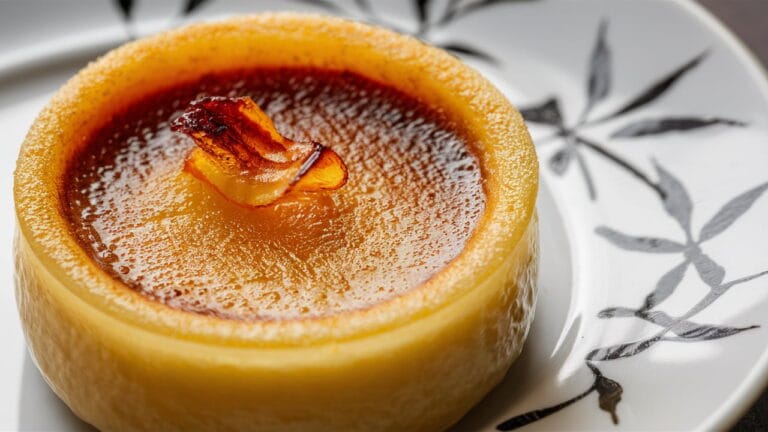What’s the Difference Between Pie Filling and Cobbler?
If you’re a fan of fruit-based desserts, you’ve likely wondered about the difference between pie filling and cobbler. Both pies and cobblers highlight the natural sweetness of fruits, but their preparation, texture, and structure vary greatly. Understanding the difference between pie filling and cobbler will help you decide which dessert is best for different occasions.
In this comprehensive article, we’ll dive deep into the world of pies and cobblers. We’ll cover their historical origins, explore different types of crusts and toppings, analyze their nutritional values, and even offer recipe ideas. By the end, you’ll not only understand the difference between these two beloved desserts but also know which one best suits your preferences.
What is a Pie?
A pie consists of a baked dish with a crust that holds various fillings. A key difference between pie filling and cobbler is that pies use a structured pastry crust, while cobblers do not. Pie fillings can be sweet or savory, and the crust serves as a container, creating a firm, sliceable dessert.
One of the major aspects of the difference between pie filling and cobbler lies in the texture of the fillings. Pies often use thickeners like cornstarch or flour to create a more solid filling that can hold its shape when sliced.
The History of Pie
The history of pies dates back to ancient Egypt, where people made early versions of pies using oats, wheat, rye, and barley, mixed with honey. These pies were rudimentary and cooked over hot coals. In medieval Europe, pie crusts were used mainly as containers for the filling, and people didn’t always eat the crust. By the 15th century, the evolution of the flaky pie crust occurred due to the introduction of butter and lard in baking.
In colonial America, British settlers introduced pies, which quickly became a staple in American kitchens. Over time, pioneers created many regional pie variations, such as the all-American apple pie, which is now deeply rooted in American culture.
Types of Pie Crusts
Several types of pie crusts exist, each offering a distinct texture and flavor.
- Flaky Crust: Made using a combination of butter or shortening, a flaky crust creates layers that crumble in your mouth. This crust works well for fruit pies like apple or cherry pie.
- Shortcrust Pastry: This crust, while less flaky, offers more structural integrity. Bakers often use it for savory pies such as quiche or chicken pot pie.
- Graham Cracker Crust: Often found in cheesecakes and key lime pies, this crust is made by mixing crushed graham crackers with sugar and melted butter. It adds a rich, sweet flavor and a crunchy texture.
Want to experiment with unique pie recipes? Try this creative twist on a classic Butterfinger Pie Recipe, which incorporates candy into the filling and crust.
Common Pie Fillings
While pie crusts define the exterior, the filling is the heart of the pie. Different fillings provide distinct flavors and textures. Some popular fillings include:
- Fruit: Apples, berries, peaches, and cherries are common choices. Fruit pies often use sugar and cornstarch or flour to thicken the filling as it bakes. This process ensures a sliceable consistency.
- Custard: Pies like pumpkin pie or custard pie use egg-based fillings, which create a smooth, creamy texture. These pies offer a rich flavor, especially during the holiday season.
- Nut: Pecan pie, with its rich, sugary filling and crunchy nuts, provides an indulgent treat. The filling usually contains syrup, which adds to its dense consistency.
Some savory pies, such as meat pies, feature ingredients like beef, chicken, or vegetables. These pies rely on shortcrust pastry for structure and use gravies or sauces to bind the filling.
What is a Cobbler?
A cobbler offers a different approach to fruit-based desserts. Instead of focusing on a crust, cobblers feature a fruit filling topped with biscuit dough, cake batter, or crumb topping. Cobblers do not have a bottom crust, and their rustic appearance sets them apart from pies.
The History of Cobbler
Cobbler originated in the British American colonies when settlers improvised their traditional pie recipes due to a lack of proper baking supplies. With limited access to baking ovens and ingredients, they began using a topping made from simple ingredients like flour, fat, and liquid, creating a more rustic dessert.
Colonial settlers often cooked cobblers in Dutch ovens over campfires, making them a practical choice for frontier life. Over time, cobblers evolved into one of the most beloved American desserts, especially in the South.
For a modern take on this classic dessert, check out this easy Peach Cobbler with Cake Mix, which simplifies the process using pre-made ingredients.
Common Cobbler Toppings
Several topping options exist for cobblers, offering different textures and flavors:
- Biscuit Topping: The most traditional cobbler topping, made with flour, butter, and milk or buttermilk. This topping bakes into golden-brown, crispy layers over the fruit.
- Cake Batter Topping: Some cobbler recipes call for cake batter as a topping, resulting in a soft, fluffy texture that contrasts with the fruit filling.
- Crumble or Crisp Topping: Similar to what you’d find on an apple crisp, this topping is a mix of flour, sugar, oats, and butter. As it bakes, it forms a crunchy texture that pairs well with juicy fruits.
Common Cobbler Fillings
Cobblers use a variety of fruits, either fresh, frozen, or canned. Some popular cobbler flavors include:
- Peach Cobbler: Probably the most iconic cobbler, made with ripe peaches and a buttery biscuit topping.
- Berry Cobbler: A summer favorite that often combines blueberries, blackberries, and raspberries for a sweet and tart filling.
- Apple Cobbler: A fall classic featuring spiced apples, often served with ice cream for extra indulgence.
If you’re curious about creating the perfect cobbler topping, explore what cobbler topping is made of for tips and tricks to get the best results.
Key Differences Between Pie Filling and Cobbler
Although both pies and cobblers use fruit fillings, their construction and overall experience differ.
1. Structure: Crust vs. Topping
The most significant difference between pies and cobblers lies in the crust and topping:
- Pies: Pies have a structured crust that can cover the top, bottom, or both. This crust not only holds the filling in place but also gives the pie its shape. When serving pie, you can slice it into wedges because the crust keeps everything intact.
- Cobblers: Cobblers, on the other hand, lack a bottom crust. Instead, a biscuit or batter topping covers the fruit filling. Cobblers tend to have a more casual, rustic presentation and are usually served in bowls with spoons, rather than on plates.
This distinction makes pies easier to slice and serve, while cobblers deliver a more relaxed, spoonable texture.
2. Filling Texture and Preparation
While the filling ingredients might overlap, the texture differs significantly:
- Pie Fillings: Pie fillings often include thickeners such as cornstarch or flour to create a firm consistency that holds its shape when sliced. Pies bake longer than cobblers to ensure both the crust and the filling set properly.
- Cobbler Fillings: Cobbler fillings, by contrast, are usually juicier and less bound by thickeners. The fruit juices stew beneath the topping, creating a syrupy consistency. The topping absorbs some of the juices, leading to a combination of crispness and juiciness.
To avoid having your cobbler turn out runny, check out why some cobblers become more cake-like in this guide on why cobbler turns out like cake.
3. Baking Process
Pies and cobblers follow different baking techniques due to their distinct structures:
- Pies: Pies often take longer to bake, especially if they have both a top and bottom crust. The pie must bake until the crust becomes golden brown and the filling thickens. Some pies, particularly custard pies, require blind-baking, where you pre-bake the crust before adding the filling.
- Cobblers: Cobblers bake faster because there’s no bottom crust to worry about. The biscuit or batter topping only needs enough time to turn golden brown while the fruit bubbles underneath. Cobblers are ideal for quick, homemade desserts.
Nutritional Differences and Health Considerations
When comparing pies and cobblers, you’ll notice differences in their nutritional values, especially in terms of calories, fat, and sugar content.
1. Calorie Content
- Pies: Due to their double crust, pies tend to be higher in calories. The butter or shortening used in the crust significantly increases the calorie count. Even when using fruit fillings, pies can still pack a caloric punch.
- Cobblers: Cobblers might contain fewer calories since they lack a bottom crust. However, the topping (whether it’s biscuit, cake batter, or crumble) still adds a significant amount of calories, especially if the recipe calls for sugar and butter.
2. Fat and Sugar Content
- Pies: The crust in pies contributes a substantial amount of fat, especially if you use butter or shortening. The filling, particularly in fruit pies, often requires added sugar to balance the tartness of the fruit.
- Cobblers: While cobblers might contain less fat, thanks to their lack of a bottom crust, they can still be high in sugar. Recipes for cake batter or biscuit toppings often call for generous amounts of sugar and butter, making cobblers less healthy than they appear.
For those looking for healthier dessert options, consider using whole grain toppings or reducing sugar in both pies and cobblers.
Regional and Global Variations
Both pies and cobblers have regional variations that reflect the diverse culinary traditions around the world.
Regional Pie Varieties
- American Apple Pie: Nothing says America like apple pie. This iconic dessert consists of spiced apples baked in a buttery, flaky crust. People often serve it with a scoop of vanilla ice cream for an extra indulgence.
- Pecan Pie: In the Southern United States, pecan pie reigns supreme. Made with pecans, eggs, butter, and corn syrup, this pie provides a rich, sweet experience. The pecans add a delightful crunch that contrasts with the gooey filling.
- Key Lime Pie: This pie hails from the Florida Keys and features a tart filling made from Key lime juice, sweetened condensed milk, and egg yolks. It’s typically set in a graham cracker crust, making it a refreshing dessert option.
Regional Cobbler Varieties
- Southern Peach Cobbler: Perhaps the most famous variation, peach cobbler is a Southern classic. Made with ripe peaches and topped with buttery biscuit dough, this dessert captures the essence of summer.
- Berry Cobbler: In the Pacific Northwest, berry cobblers are especially popular. The region’s abundant berry harvests make this dessert a favorite, often combining blueberries, blackberries, and raspberries.
- Apple Cobbler: While apple pie is well-known, apple cobbler offers a more rustic alternative. Sliced apples, spiced with cinnamon and sugar, form the base of this comforting dessert.
Internationally, cobbler-style desserts appear under different names. In the United Kingdom, for example, fruit crumble is a common dessert that closely resembles a cobbler but uses a crumble topping made with oats and sugar.
Popular Pie and Cobbler Recipes
Classic Pie Recipes
Here are some classic pie recipes to try at home:
- Apple Pie: This pie features spiced apples encased in a buttery crust. Serve it warm with a scoop of vanilla ice cream.
- Pumpkin Pie: Perfect for autumn, this pie uses a spiced pumpkin custard filling in a traditional pie crust.
- Pecan Pie: Rich and indulgent, pecan pie pairs the nutty crunch of pecans with a sweet, syrupy filling.
For a fun twist, explore the Butterfinger Pie Recipe, which adds candy into the mix.
Classic Cobbler Recipes
If you prefer cobblers, here are some recipes to try:
- Peach Cobbler: Juicy peaches topped with a golden biscuit or cake batter topping.
- Mixed Berry Cobbler: A sweet and tart combination of summer berries baked under a biscuit topping.
- Apple Cobbler: Warm spiced apples with a soft biscuit topping, perfect for fall.
For a quick and easy cobbler recipe, consider trying the Peach Cobbler with Cake Mix, which simplifies the process using pre-made ingredients.
FAQs About Pie Filling vs. Cobbler
1. What is the biggest difference between pie and cobbler?
The biggest difference is the structure. Pies have a bottom and top crust, while cobblers only have a topping, often made from biscuit or batter.
2. Can pie filling be used in a cobbler?
Yes, pie filling can work in cobblers, though it might have a firmer texture. Cobbler fillings tend to be juicier and less thickened than pie fillings.
3. Why does my cobbler turn out runny?
If your cobbler turns out runny, you may not have baked it long enough. Sometimes, adding a thickening agent like cornstarch to the fruit filling can help.
For more tips on cobbler consistency, check out why cobbler turns out like cake.
4. Is cobbler healthier than pie?
Cobblers might be slightly healthier because they don’t have a bottom crust. However, some cobbler toppings can still contain high amounts of sugar and butter.
5. How long does it take to bake a pie vs. a cobbler?
Pies generally take longer to bake, around an hour, since the crust must bake fully. Cobblers, with only a topping to bake, usually take 30-40 minutes.
Conclusion: Pie or Cobbler?
Pies and cobblers, while similar in their use of fruit fillings, offer unique textures and flavors. Pies provide structure with their flaky crusts, while cobblers lean into their rustic, casual presentation. Whether you prefer the formal slices of a pie or the spoonable comfort of a cobbler, both desserts will surely satisfy your sweet cravings.
With both recipes offering so much versatility, why not try both and decide which one is your favorite?

